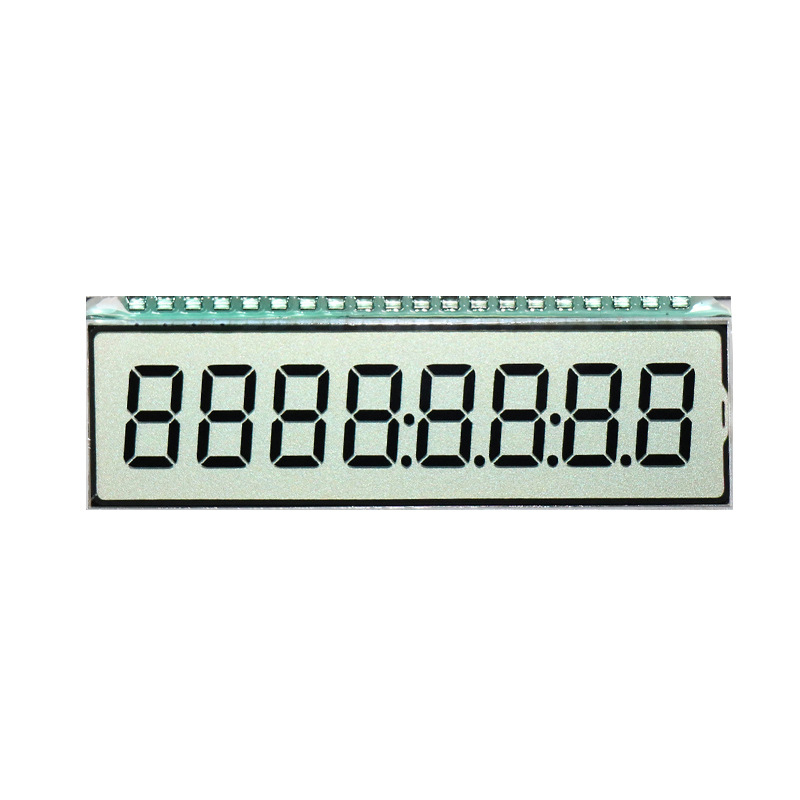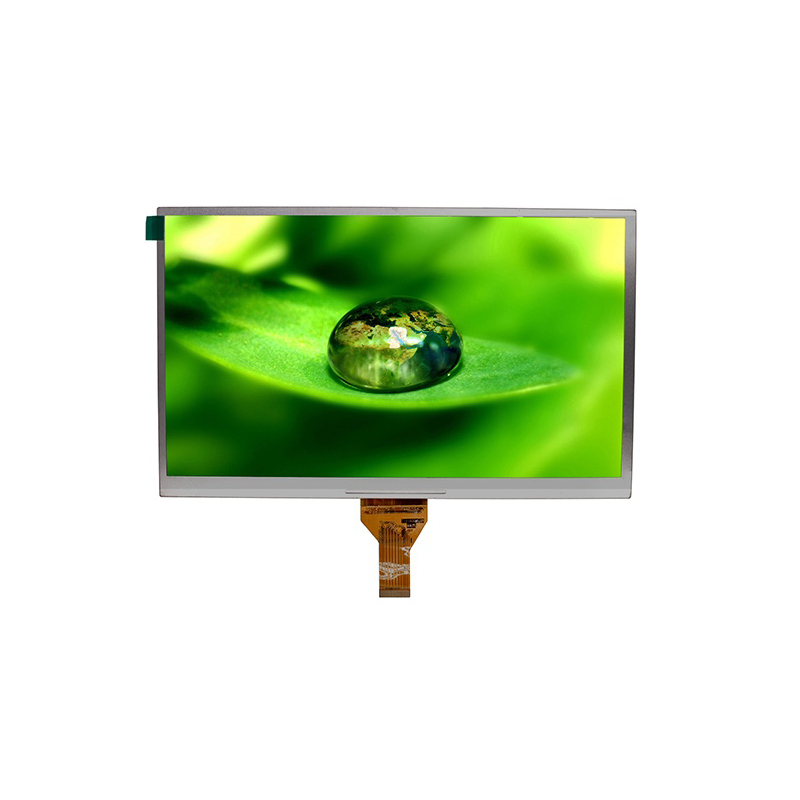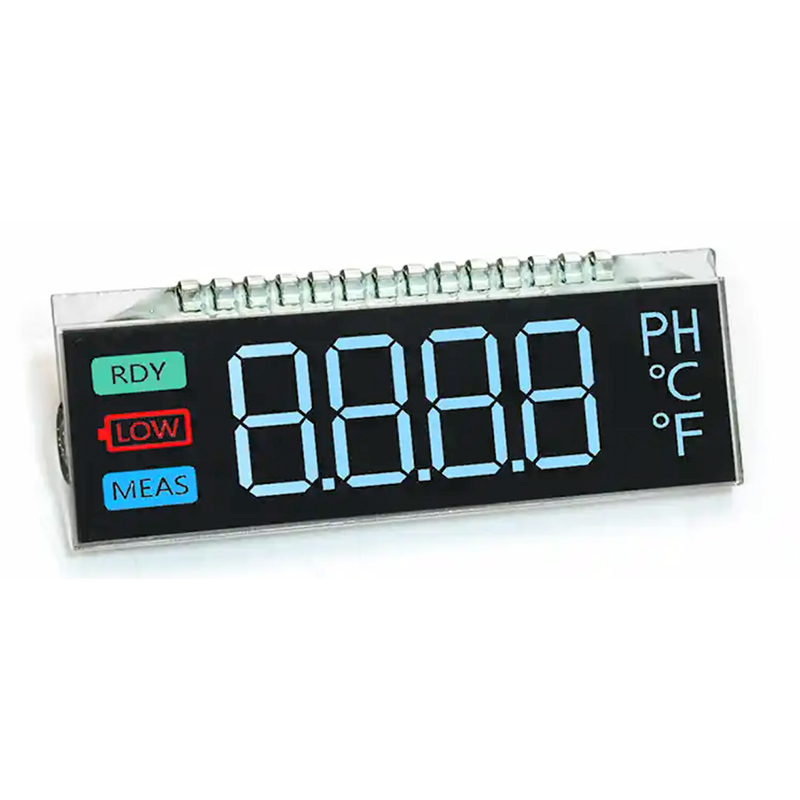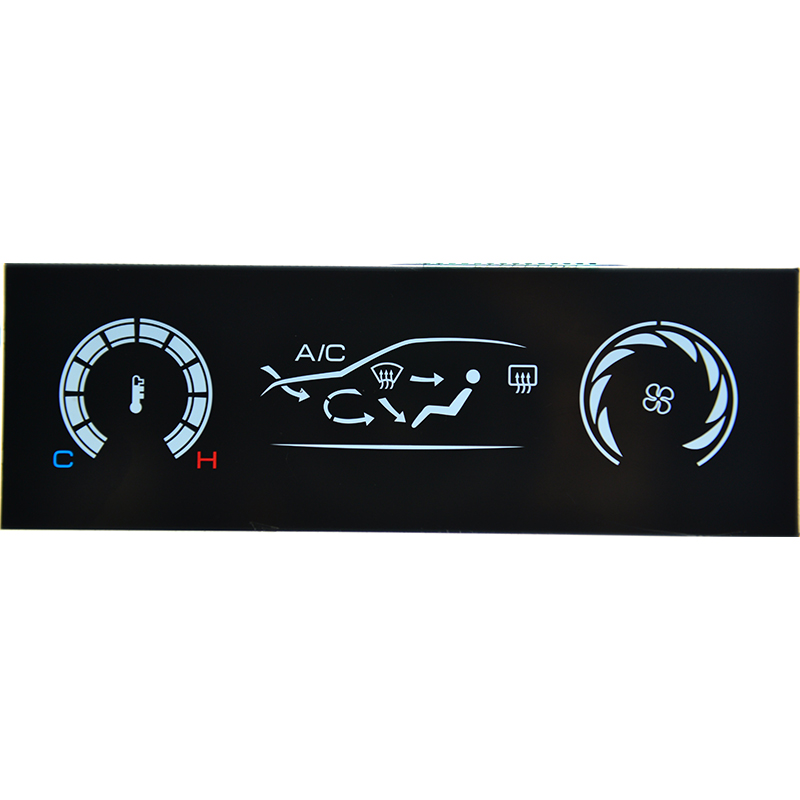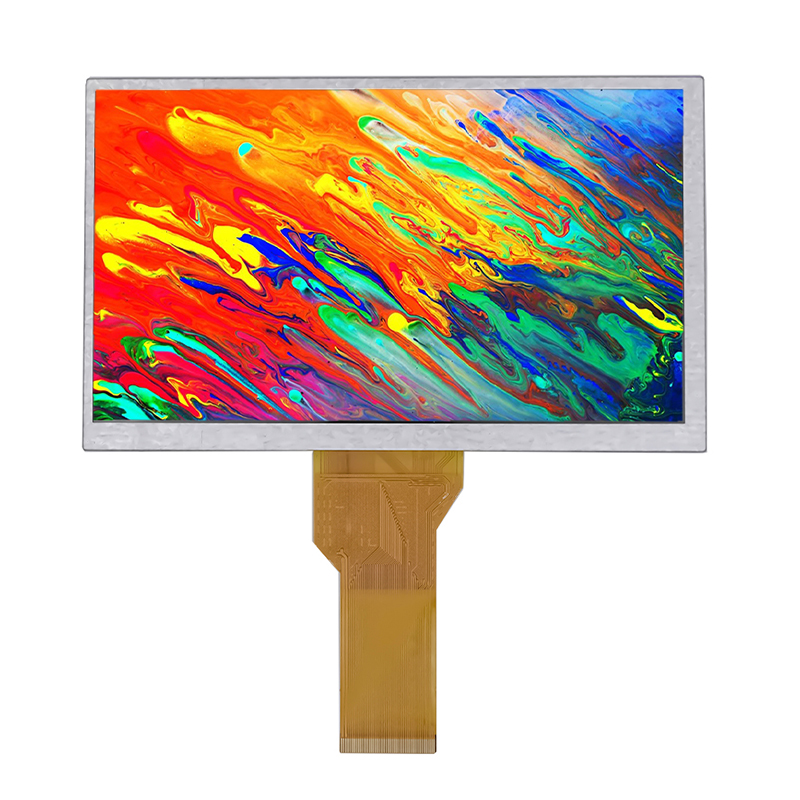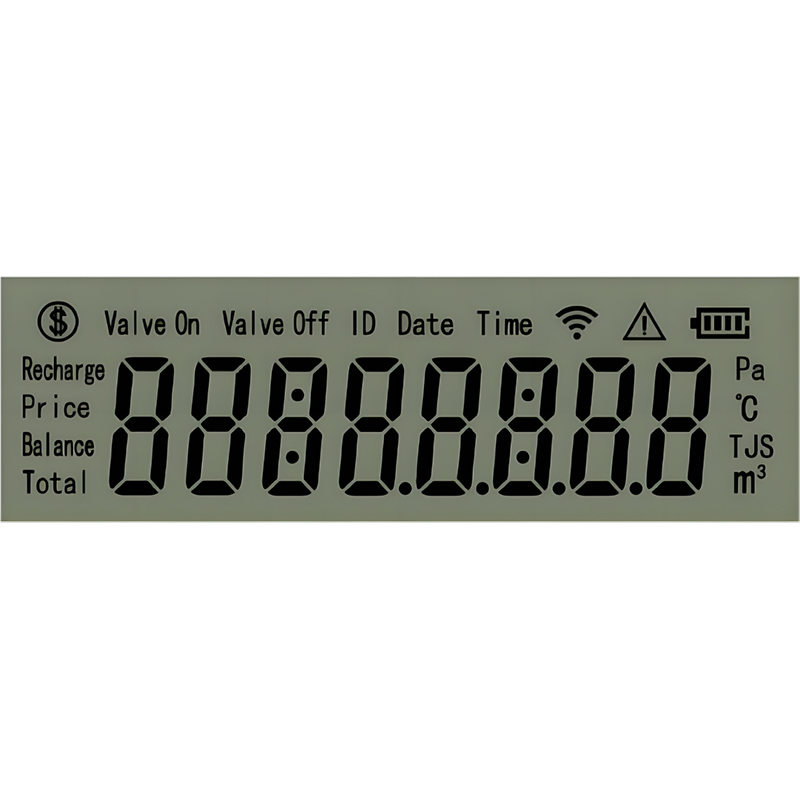
This comprehensive guide provides everything you need to know about LCD monitor testers, from understanding their functionality and selecting the right one for your needs to mastering advanced testing techniques. We'll explore different types of testers, common troubleshooting scenarios, and best practices for maintaining optimal monitor performance. Whether you're a professional technician or a DIY enthusiast, this resource will empower you to diagnose and resolve LCD monitor issues effectively.
An LCD monitor tester is an invaluable tool for anyone working with liquid crystal displays. It allows you to quickly and accurately identify problems with your monitor, saving you time and money by avoiding unnecessary repairs or replacements. Common issues detectable with a tester include dead pixels, backlight problems, faulty connections, and display panel defects. Early detection prevents further damage and extends the lifespan of your monitor.
The market offers various LCD monitor testers, each with its own set of features and capabilities. Some are simple devices designed for basic diagnostics, while others provide more advanced functionalities like color calibration and signal analysis. The choice depends largely on your specific needs and budget.
Selecting the right LCD monitor tester depends on various factors. Consider the types of monitors you'll be testing (e.g., different screen sizes, resolutions, interfaces), the level of detail you need in your diagnostics, and your budget. Features such as built-in memory for saving test results, portability, and ease of use should also be taken into account.
While specific product recommendations can change rapidly, researching reputable brands and reading reviews from other users is key. Look for testers with positive user feedback and detailed specifications. Always check compatibility with the monitors you intend to test.
Dead pixels, or pixels that remain permanently off or stuck on a particular color, are a common LCD monitor issue. An LCD monitor tester makes detecting dead pixels quick and easy by displaying a variety of colors and patterns that highlight any defects.
A faulty backlight can cause the entire screen to appear dark or dim. LCD monitor testers can help pinpoint the source of the problem by displaying various brightness levels and patterns to assess the backlight’s functionality.
Incorrect connections or faulty signal transmission can lead to display issues. Advanced LCD monitor testers often include signal generators to verify proper signal input and identify potential cable problems.
Regular cleaning and proper usage are crucial for maintaining the health of your LCD monitor. Avoid touching the screen directly, and use a soft, microfiber cloth to clean it gently. Proper ventilation is also essential to prevent overheating.
For more in-depth information and support, you can explore online forums dedicated to LCD monitor repair and maintenance. Many manufacturers also provide troubleshooting guides and support documentation for their products. Remember to always consult the manufacturer's instructions before attempting any repairs yourself.
For high-quality LCD panels and related products, consider visiting Dalian Eastern Display Co., Ltd. They offer a wide range of options for various applications.


